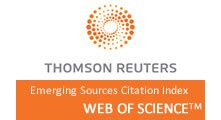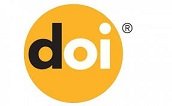Secondary School Students’ Representations for Solving Geometric Word Problems in Different Clinical Interviews
1355
578
Abstract
This paper aimed to investigate secondary school students’ representations for solving geometric word problems in different clinical interviewing processes. More specifically, the focus was to understand the changes/developments in students’ representations through think-aloud interviews (TAIs) and open-ended prompting interviews (OEPIs). Three secondary school students were selected as the participants via maximum variation sampling method. The data sources were obtained from written responses of secondary students for geometric word problems, transcripts of TAIs and transcripts of OEPIs. The results revealed that students generally began to solve word problems by translating verbal representations to pictorial representations without making a complete and careful reading of the problems in TAIs. Due to the local understanding of the problem, they produced useless or incorrect representations. However, the interviewer’s prompting questions in OEPIs increased students’ awareness and attention to the problems. By this means, students had opportunities to change their pictorial and symbolic representations by making a complete and accurate reading of the statements in the problems, verifying and monitoring their solutions, and realizing their own errors or inadequate geometrical knowledge. Considering the results, we recommend to researchers/teachers who wish to understand students’ mathematical thinking in a deeper way to utilize of both clinical interviews together.
Full Text:
PDFReferences
Ulusoy, F. & Argun, Z. (2019). Secondary school students’ representations for solving geometric word problems in different clinical interviews. International Journal of Education in Mathematics, Science and Technology (IJEMST), 7(1), 73-92. DOI:10.18404/ijemst.328341
Refbacks
- There are currently no refbacks.
Copyright (c) 2019 International Journal of Education in Mathematics, Science and Technology







International Journal of Education in Mathematics, Science and Technology (IJEMST)

This work is licensed under a Creative Commons Attribution-NonCommercial-ShareAlike 4.0 International License.
ISSN: 2147-611X (Online)
